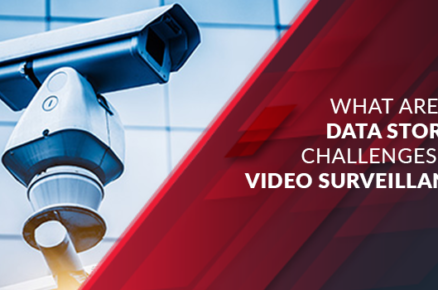Cloud computing has completely revolutionized the professional landscape, enabling companies of all sizes to keep up with the accelerating speed of business. Cloud infrastructure has grown multifold in the past few years with higher adoption rate and will transition to advanced levels to perform complex operations.
As organizations around the world continue to embrace cloud, the global cloud services market continues to grow. In fact, cloud computing has reached $257.9 billion by the end of 2020 which is a 6.3% increase from 2019. But with all the benefits the cloud has to offer, it comes with a flipside; cloud vulnerabilities. One survey found that 93% of companies are worried about the dangers associated with cloud computing, hence there is a certain amount of risk associated.
Below are certain vulnerabilities that the cloud infrastructure has been battling so far:
- Account Hijacking: Account hijacking, also known as session riding, is a cloud threat that steals account credentials from users. CSO ranks account hijacking at number five on their list of cloud computing threats and vulnerabilities seen in 2020. One can stay away from this threat by creating secure passwords and change them regularly. That will help keep the organization protected against brute force attacks. It is also important to consider using multifactor authentication (MFA) whenever possible. This will add an extra layer of security, making it harder for attackers to remotely access your account. If the employees are using cloud services, be sure to educate them about cloud computing vulnerabilities so they know how to identify account hijacking attempts.
Consulting with a threat detection expert is also an effective way to prevent account hijackings. They can look for potential vulnerabilities within your network and introduce steps that will keep your data better protected from these types of attacks.
- Data Breaches: Data breaches are a problem that can result in the loss of millions of dollars each time. According to Verizon’s 2019 Data Breach Investigations Report, 43% of victims were small businesses. One of the main reasons why small businesses bear the brunt of data breaches is because they don’t have the same level of protection as global corporations. They are easy targets, and they tend to get hit the hardest when their data is compromised. There are several ways a business can fall victim to a data breach. Someone in the company could download a malware, or an attacker could exploit various cloud security vulnerabilities to remotely bypass your network security. Attackers can also physically access your computer to steal information. Below are certain practices one should follow to minimize data breach risk:
- Routine security audits and checks to be aware of who always has access to data
- Secure and encrypted servers that allow you to retrieve your data through your cloud center
- A comprehensive incident response and action plan that includes cloud security
- Insecure APIs: Application user interfaces (APIs) are a popular method to streamline cloud computing. Commonly used in offices, APIs make it easy to share information between two or more applications. Known for their convenience and ability to boost efficiency, APIs can also be a source of cloud vulnerabilities.There are a few steps you can take to safeguard cloud system from API attacks:
- Conduct penetration tests that eliminate API attacks
- Use SSL/TLS encryption on transferred data
- Strengthen authentication controls
- Authenticate the source before sharing the API keys, and disposal of API keys when they’re no longer neededThese are all precautionary measures to ensure the safety of APIs, but developers should also be responsible for creating APIs with stronger authentication and verification frameworks in place.
- Malicious Insiders: Even if you safeguard yourself from the other types of cloud security attacks, you could still be vulnerable to malicious insiders, including current and former: Employees, Contractors and Business partners. Insider threats can be prevented by being proactive. Limiting access to critical data, granting individuals access to the information they need to know and nothing more, conduct regular security audits and revoking access when needed.
- System Vulnerabilities: System vulnerabilities are another of the more common cloud security vulnerabilities and they can occur for many reasons. The integration of an insecure third-party application could create system risks or they could arise due to poorly configured security tools within your cloud systems. Develop a comprehensive intrusion detection system that operates on cloud, on-premise and hybrid systems and web application firewall can also be installed to avoid any kind of cloud computing threats or vulnerabilities.Hence, a company should prepare a strong cybersecurity strategy and action plan to safeguard oneself from any unpredictable or predictable threats.
Cloud migrations are complex. Netweb thoroughly evaluates your current IT landscape and builds a comprehensive roadmap for your cloud journey. Leveraging this assessment and roadmap, we ensure the rapid and successful migration of applications, data, VMs, and more to the cloud environment of your choice with minimum disruption to business operations.
Get in touch: info@tyronesystems.com












